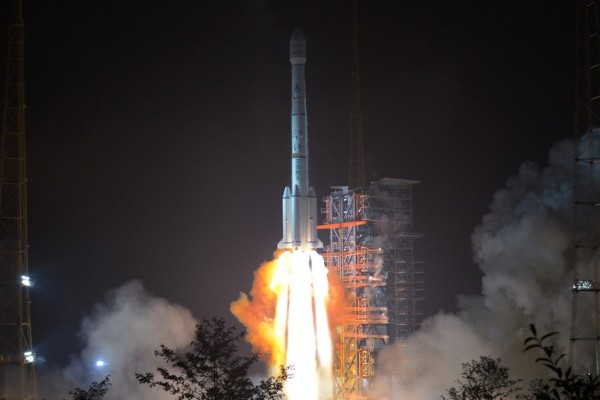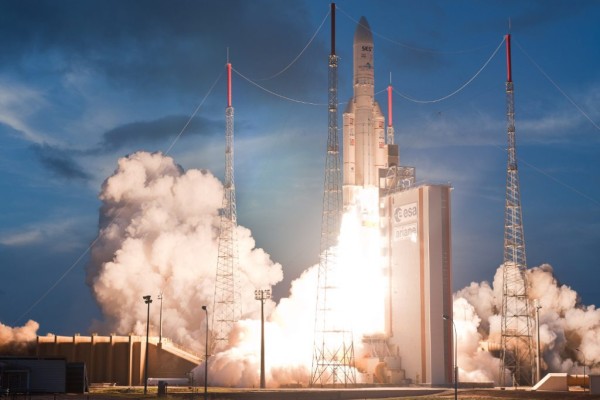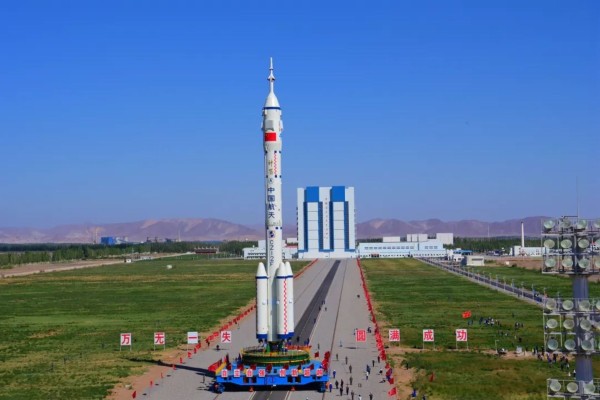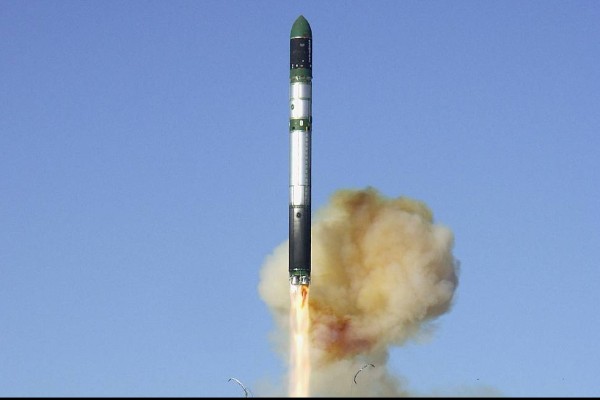- Space
- 1 year before
X-15: Historic Flights That Redefined the Mach Number
The X-15 Program marked a turning point in aviation history by redefining the Mach numbers. Historic space and science program that broke records
-

- 1 year before
- Category: Space
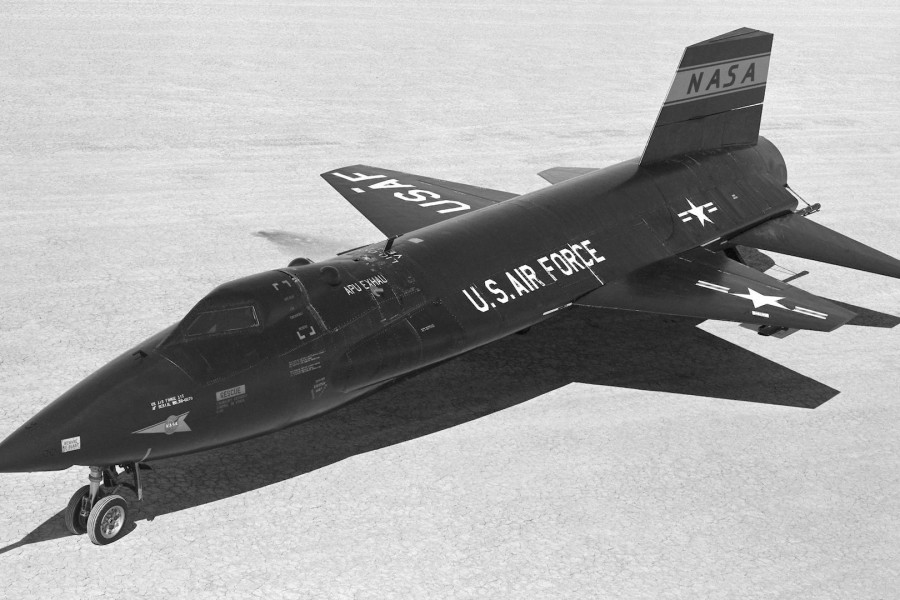
X-15 Program: A Milestone in Aviation History
The 1960s, a decade of groundbreaking experiments in American aviation history, redefined the concept of Mach number with the X-15 program. As the world's fastest and highest-flying manned aircraft, the X-15 not only shattered speed records but also blurred the boundaries between space and aviation.
X-15 Technical Specifications and Achievements
The X-15 was designed and built by North American Aviation for NASA and the U.S. Air Force. Developed as part of a series of high-speed and high-altitude tests conducted in the late 1950s and 1960s, the X-15 became renowned for its record-breaking achievements. Powered by a rocket engine that burned a combination of liquid oxygen and ammonia, the X-15 achieved speeds and altitudes that remain unmatched by most aircraft today.
X-15 Pilots and Flight Experiences
The X-15 was notable not only for its technical specifications but also for its accomplished roster of pilots. These pilots endured extreme G-forces and heat during their flights. Future Apollo mission astronauts, such as Neil Armstrong, were among those who participated in the program. The X-15 program provided these pilots with invaluable experience in flying to the edge of space and adapting to conditions outside the Earth's atmosphere.
Contributions of the X-15 to Aviation and Space Sciences
The contributions of the X-15 program to aviation and space sciences are immeasurable. The aircraft not only set speed and altitude records but also pioneered advancements in areas such as thermal protection, flight control, and re-entry techniques for air and space vehicles. Additionally, the X-15 holds the distinction of being the first aircraft to exceed the Kármán line, the altitude at which a vehicle is considered to be in space. Data gathered from the program led to critical technological developments for subsequent space missions and helped shape the future of human spaceflight.


